'During the nine years of BJP rule, not a single temple has been reconstructed.'
'They might have constructed the Ram temple as it is an emotional issue. But they are not much interested in issues like heritage.'
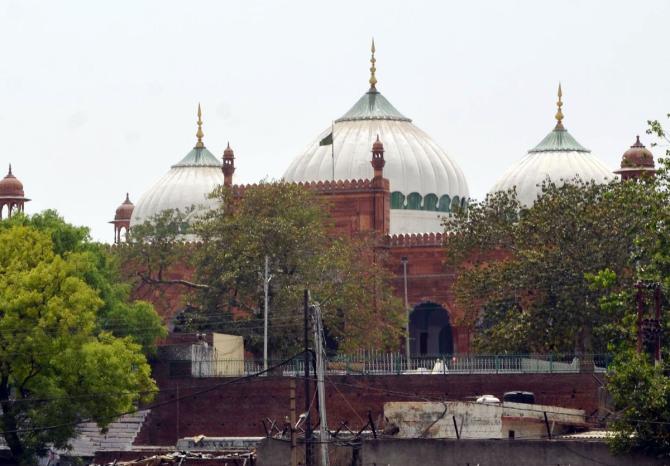
On January 22, 2024, Prime Minister Narendra Damodardas Modi performed the pran pratishta at the Ram Mandir in Ayodhya, throwing open the temple to devotees from all over the country.
One person who can be credited for such a denouement at Ayodhya is former regional director of the Archaeological Survey of India, K K Muhammed, who was one of the members of the archaeological team under Professor B B Lal who excavated the Babri Masjid site and found remains of a temple there.
"I have always said that Muslims should give three places to the Hindus, one is Sri Ramji's birthplace and the other two are Mathura and Gyanvapi," K K Muhammed tells Shobha Warrier/Rediff.com.
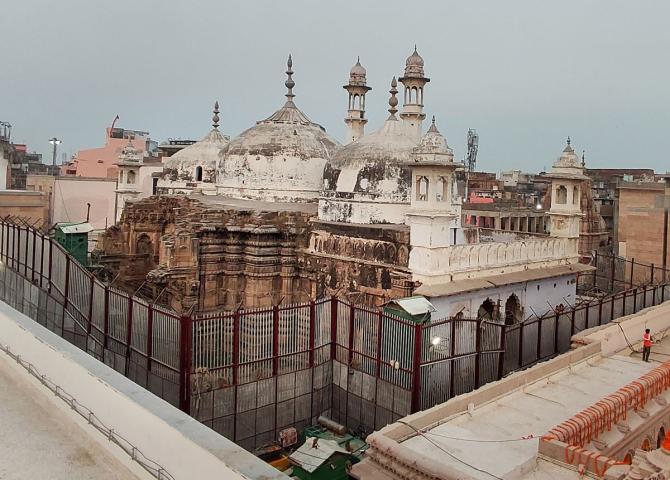
What do you remember about the excavation of the Babri Masjid site by the archaeological team of which you were a member?
We conducted the excavation in 1976-1977 under the leadership of Professir B B Lal. I was a member of the team.
Professor Lal had earlier excavated Hastinapura as part of finding the Mahabharata sites, and he had come to some conclusions.
After that, he wanted to find the Ramayana sites. As a part of that idea, we went to the Babri Masjid site. What he wanted was a possible archaeological conclusion.
I remember when we went inside the mosque -- it was a mosque then -- we were stopped by police personnel saying it was under litigation, and we could not go inside.
Professor Lal told the policemen that we were not part of any litigation, and we were researchers from the Archaeological Survey of India. Then we were allowed to go in.
Once we were inside, we could see that the mosque was standing on temple pillars.

You mean, before you started the excavation itself, you saw the pillars?
Yes. Engraved on the 12th century pillars of a temple were images of poorna kalasa, which is a symbol of prosperity in Hinduism.
It is one of the ashta mangala chinha -- eight auspicious symbols in Hinduism.
There were other Hindu scriptures also on the pillars and the walls of the mosque. Normally, such images get defaced, but they were quite visible there.
In fact, the presence of these images was mentioned by some Jesuit travellers who had come to India many, many, years ago.
Once we started the excavation, we could see a number of pillar bases in the western and southern parts on which the pillars were standing.
Then, we also excavated some terracotta idols which you would find exclusively in temples and not in mosques.
As you know, idols cannot be seen in mosques. There were also many structures of women, men and animals.
It was on the basis of these excavations that Professor Lal came to the conclusion that there was a temple below the mosque.
It was not a very big issue then, and he didn't want to provoke the people. But the findings were recorded in detail, mainly for academic purposes.
In 1990, Marxist oriented historians like Professor Irfan Habib gave a statement that the team under Professor Lal did not excavate anything associated with a temple.
So, there was no need for the Muslim community to hand over the site to the Hindus.
Though archaeologists do not go to the press like historians, Professor Lal had to defend himself then on what we had found at the site. But nobody came forward to support him.
As most of the archaeologists are government servants, they cannot speak, especially on a very sensitive subject like this.
I was in Madras at that time, working for the ASI. But I decided to give a statement to the Indian Express on the 15th of December 1990 that what the Marxists historians said were total lies.
I said I was with Professor Lal at the excavation site, as part of the team, and that I had seen the pillars and also the pillar bases.
I also said that those who had spoken were not archaeologists, and as archaeology is a technical subject, they had no domain competence to speak on a technical subject.
I also pointed out that none of those historians were at the site when the excavations were going on.
The third part of my statement was that as the site at Ayodhya was as important to Hindus as Mecca and Medina for the Muslims, they should hand over the site to the Hindus.
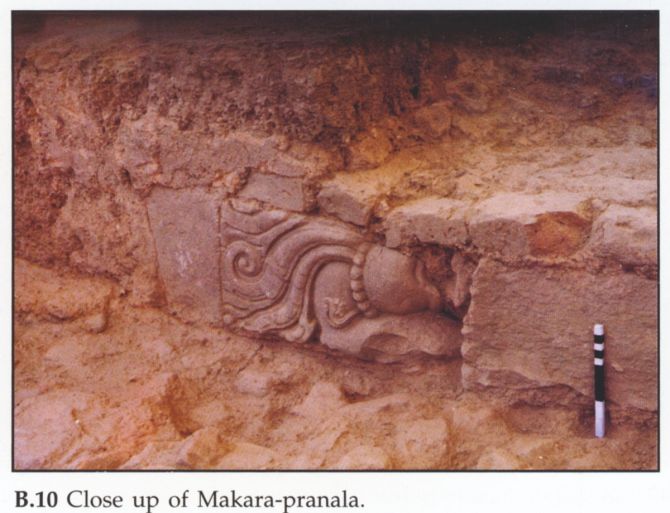
How did the Muslim community and others react to your statement?
It created a furore. It angered the Marxist historians as nobody had spoken like that earlier.
They could say whatever they wanted as truth. They had an upper hand on every subject till then.
Did they respond to your statement?
No, there was no response from their side.
What about the public?
As expected, Hindus supported me, and Muslims were naturally against me.
I started getting threatening calls. As you remember, in those days only landline phones were there.
But then, such a reaction was expected.

The Babri Masjid was demolished in 1992...
None of us expected such a thing to happen. It was a big shock to all of us.
I didn't look at this from the prism of religion. No archaeologist will look at a historic structure from the prism of religion.
As archaeologists, we were against the demolition of a historic dome.
One way of preserving it was, transplanting it to some other place.
They also could have declared it as a national monument. Yes, that would not have solved the problem.
The only possible solution was transplanting it to some other place. That idea was also mooted earlier.
Though a group of Muslims were ready to hand the site over, the Marxists historians of Aligarh and JNU, without the knowledge of the subject, misguided them.
Then, the Muslims also got carried away by what these people propagated.
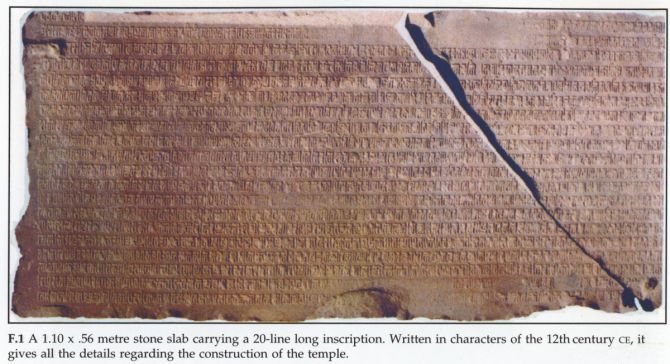
As a Muslim and also as an archaeologist, were you of the opinion that the site should be handed over to the Hindus because it had great sentimental value to them?
Of course. For Muslims, it was a mosque, but not associated with Prophet Mohammed.
Had it been associated with Prophet Mohammed, of course, they would have had a claim.
The second most important people in Islam are Caliphs. And the site had no association with them or other divinities.
Hindus cannot shift this site to another place as it was the birthplace of Lord Ram. But Muslims could have shifted the mosque.
I always say that India is a secular country only because the majority of the population are Hindus.
Had this not been a Hindu majority country, India would not have been a secular country. I am of the opinion that Muslims should appreciate this aspect.
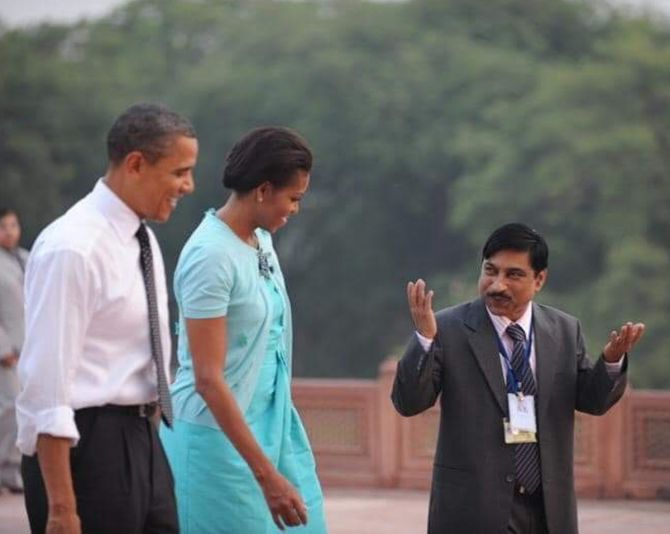
How do you feel about the prime minister participating in the opening puja of the temple in Ayodhya, and the talk of them making India a Hindu Rashtra?
That's purely a political question.
I feel we have taken great pains to solve a very complex issue.
Even when we were doing the excavation, we appreciated the faith and feelings of thousands of people.
I am always of the opinion that you may be a rationalist, but you should appreciate the feelings of others.
Yes, the BJP took the initiative to solve the issue. Otherwise, it would not have had a solution by this time.
Generally, I don't get into that territory as I consider myself an archaeologist. So, my role is limited.
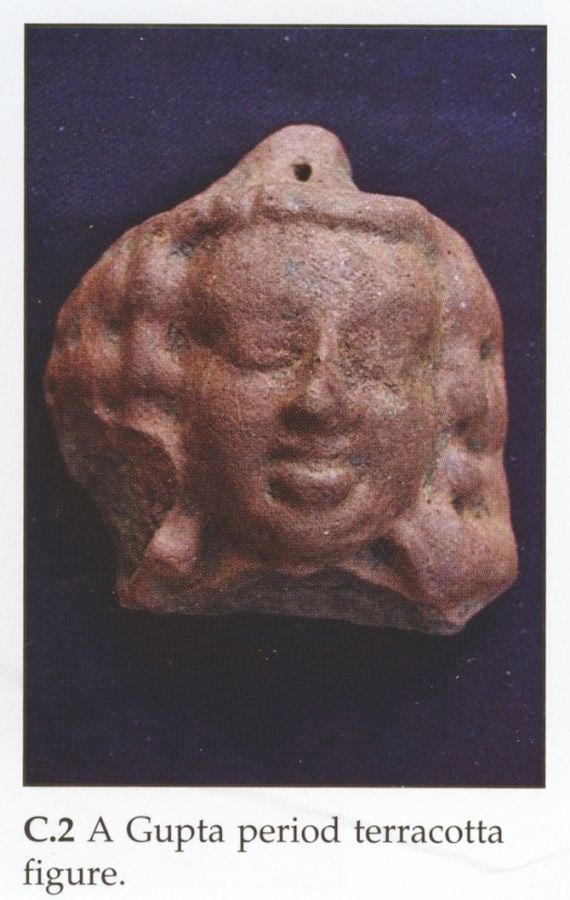
Do you feel what you people did in 1976 had a good conclusion?
Yes, an issue that has been bothering the country for centuries has been solved.
It was a moment of fulfilment; it was a moment of satisfaction not just for me, but for the entire country.
Even Muslims are relieved that such a huge problem has a conclusion finally.
Except for the Marxists, everybody is happy.
Are you of the opinion that the Ram Mandir at the site where the Babri Masjid existed will not divide the communities but unite them?
Definitely. The Muslims contribute only 6% at Ayodhya. And many of them depend upon the temple activities for their livelihood.
Now that it is attracting a lot of tourists, it will only help the local population.
Whenever I had gone there with Hindus accompanying me, I could sense the excruciating pain they were going through.
I am immensely happy that all the Hindus are feeling relieved now.
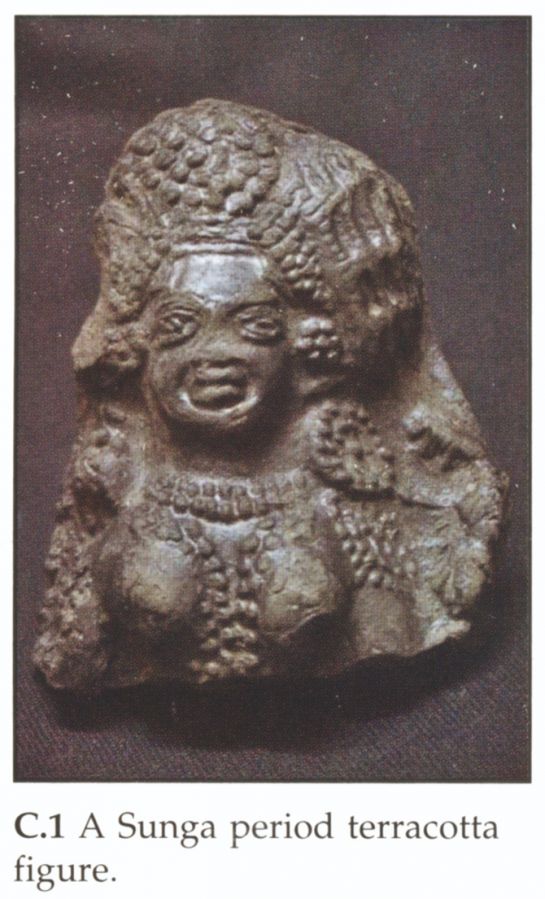
Many people describe you as a supporter of the BJP. Are you?
No. I am not a follower of the BJP or the RSS. If so, I would not have said, during BJP rule, that the Archaeological Survey of India had suffered a lot.
I am a liberal person who identifies with the roots of our culture, that is the Hindu culture. There is nothing wrong in that.
You look at Malaysian and Indonesian Muslims, the Ramayana and Mahabharata are very important to them.
You said the Archaeological Survey of India suffered a lot during the BJP rule. In what way?
In regard to reconstructing a number of old temples. I have reconstructed 80 temples with the help of dacoits in the Chambal valley.
But during the nine years of BJP rule, not a single temple has been reconstructed.
They might have constructed the Ram temple as it is an emotional issue. But they are not much interested in issues like heritage.

Now they are talking about Gyanvapi, Mathura, etc. Is it right to dig up every mosque when we have the Places of Worship Act?
Yes, we have the Places of Worship Act. Still, the Muslims should give two more places to Hindus voluntarily. Gyanvapi and Mathura.
If you go to Gyanvapi, you will feel sorry to see a Nandi looking at the mosque. There is also evidence to show that the original temple was destroyed.
I have always said that Muslims should give three places to the Hindus, one is Sri Ramji's birthplace and the other two are Mathura and Gyanvapi.
As these places are as important (to Hindus) as Mecca and Medina, Muslims should hand them over willingly, or you can transplant them to some other place.
Such an act will be healing for the Muslim community also.
A number of things were destroyed earlier, and today's Muslims are not responsible for that.
At the same time, Muslims will become responsible when they try to defend the barbaric acts of the Muslims who had invaded India. They should stop that.
You go to Goa, you will see that the Portuguese had committed greater atrocities than the British and the Muslims. But they never justify what their ancestors had done.
The British of today also do not justify. That should be the attitude of the Muslims also.
Feature Presentation: Rajesh Alva/Rediff.com










